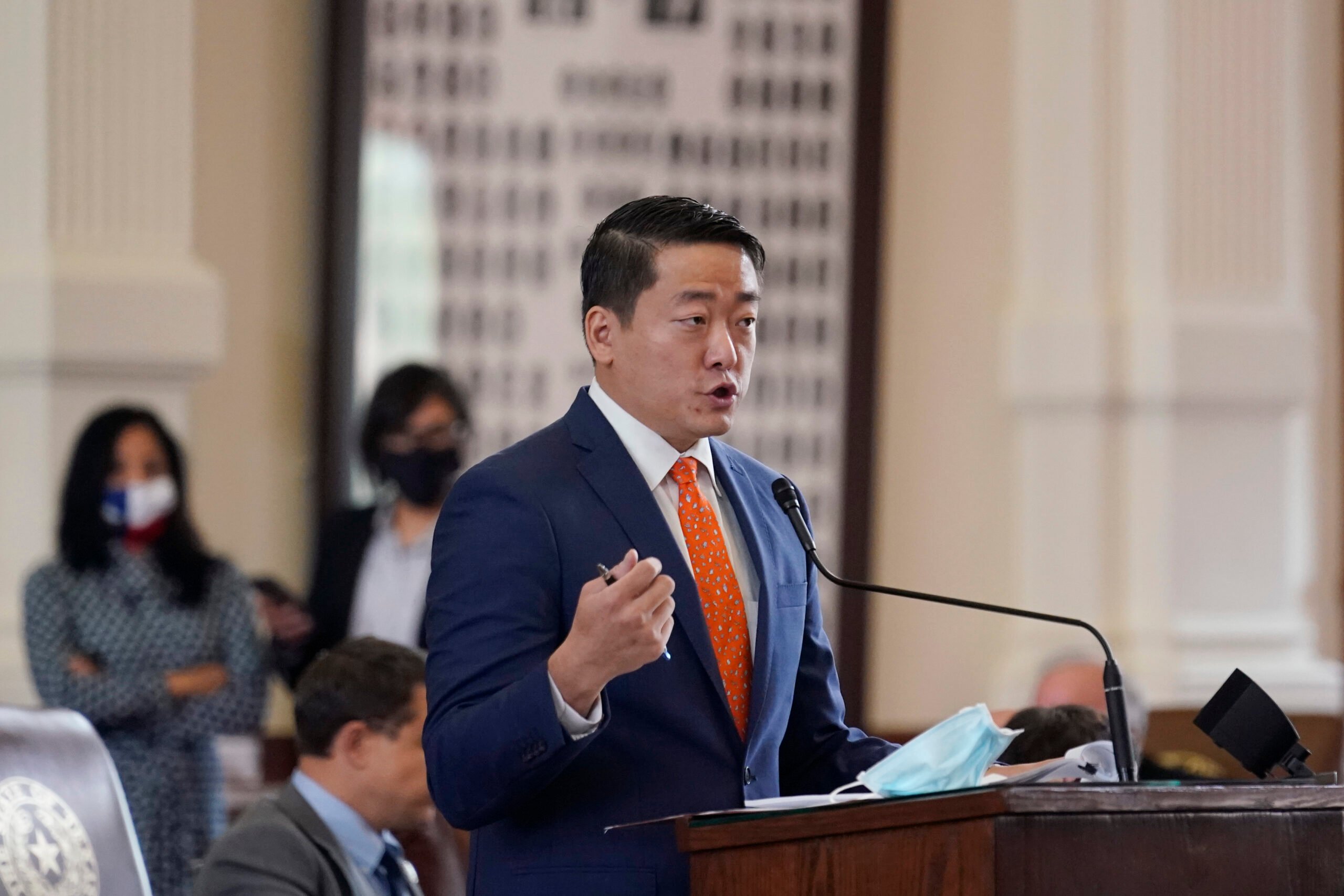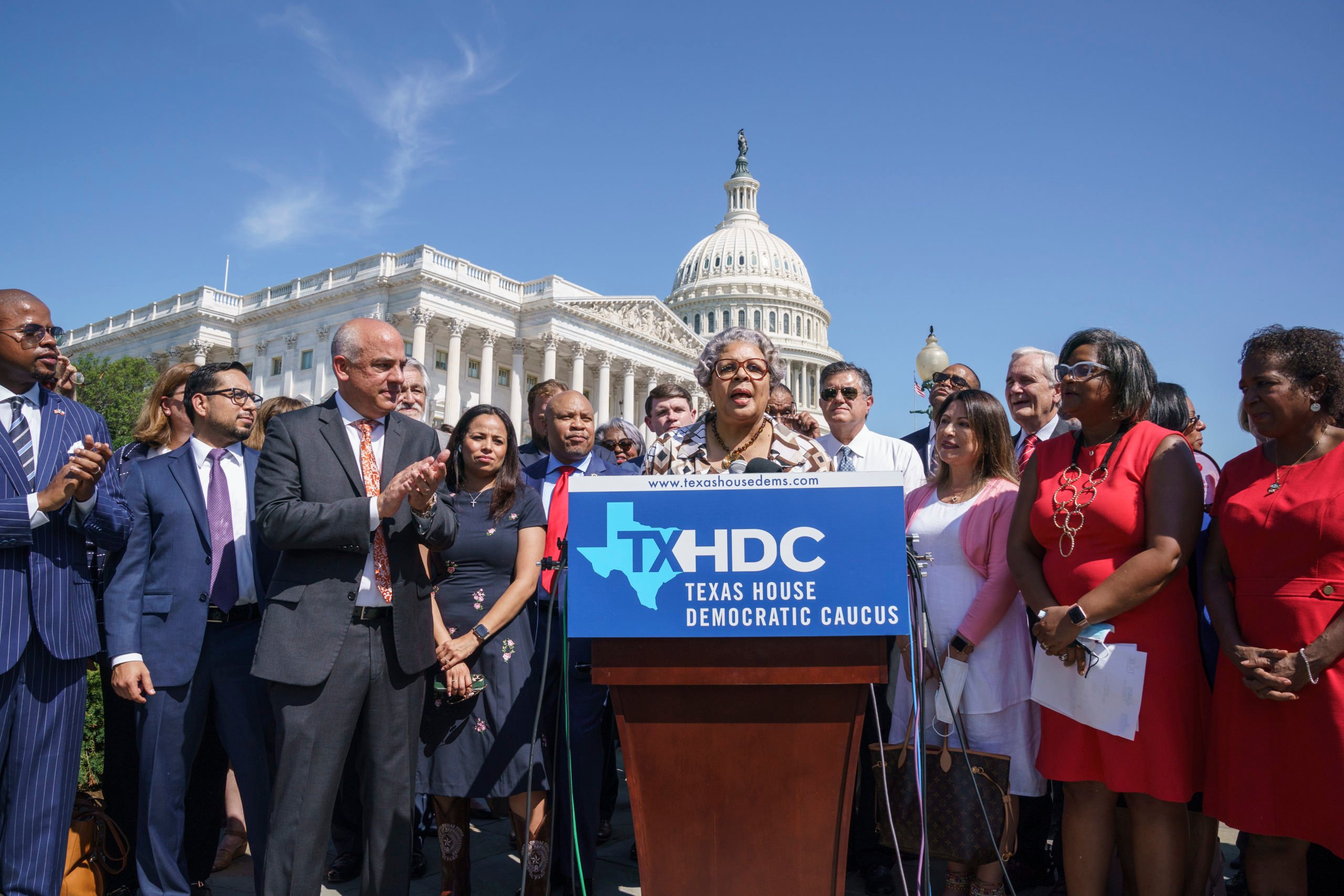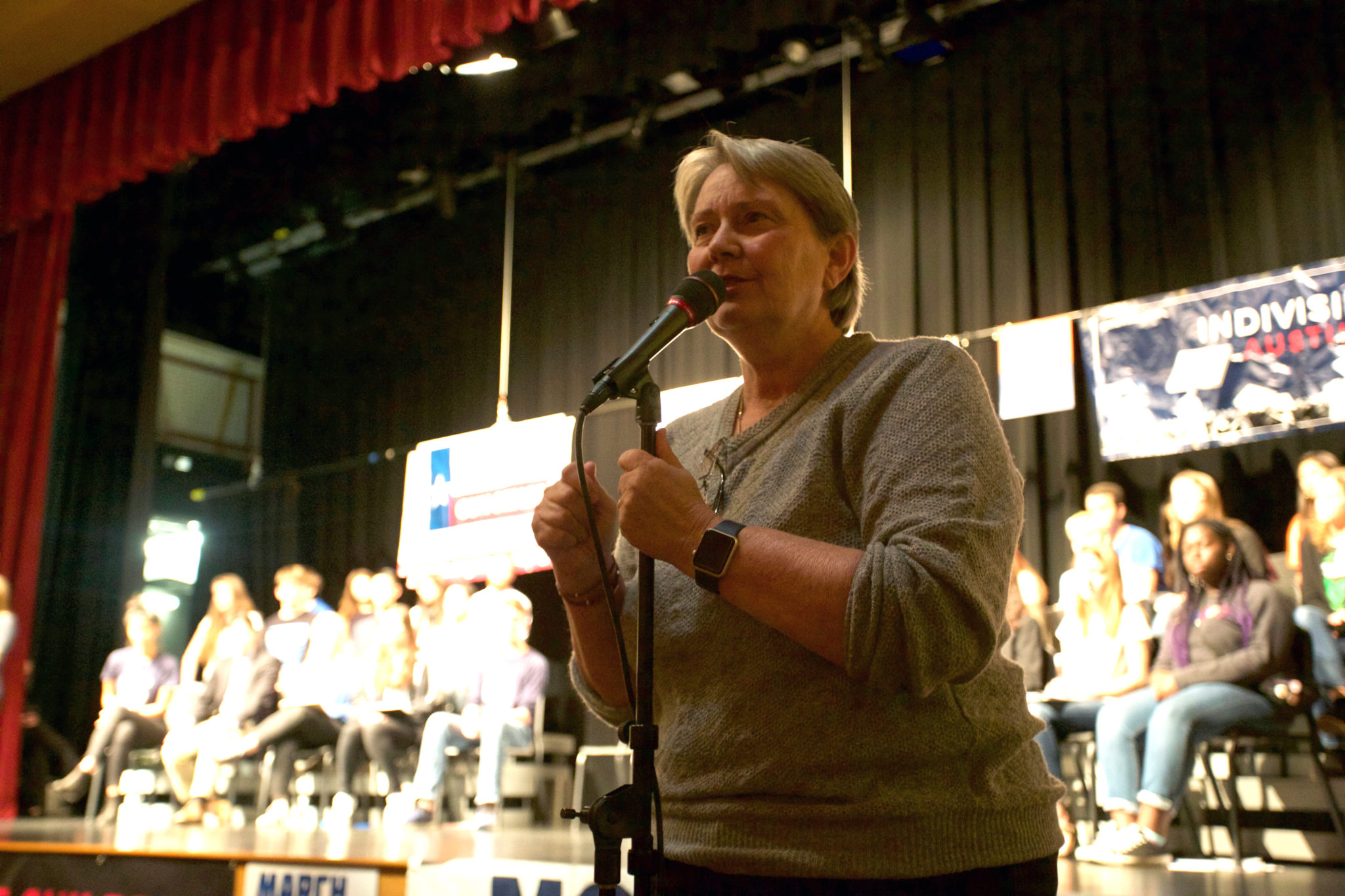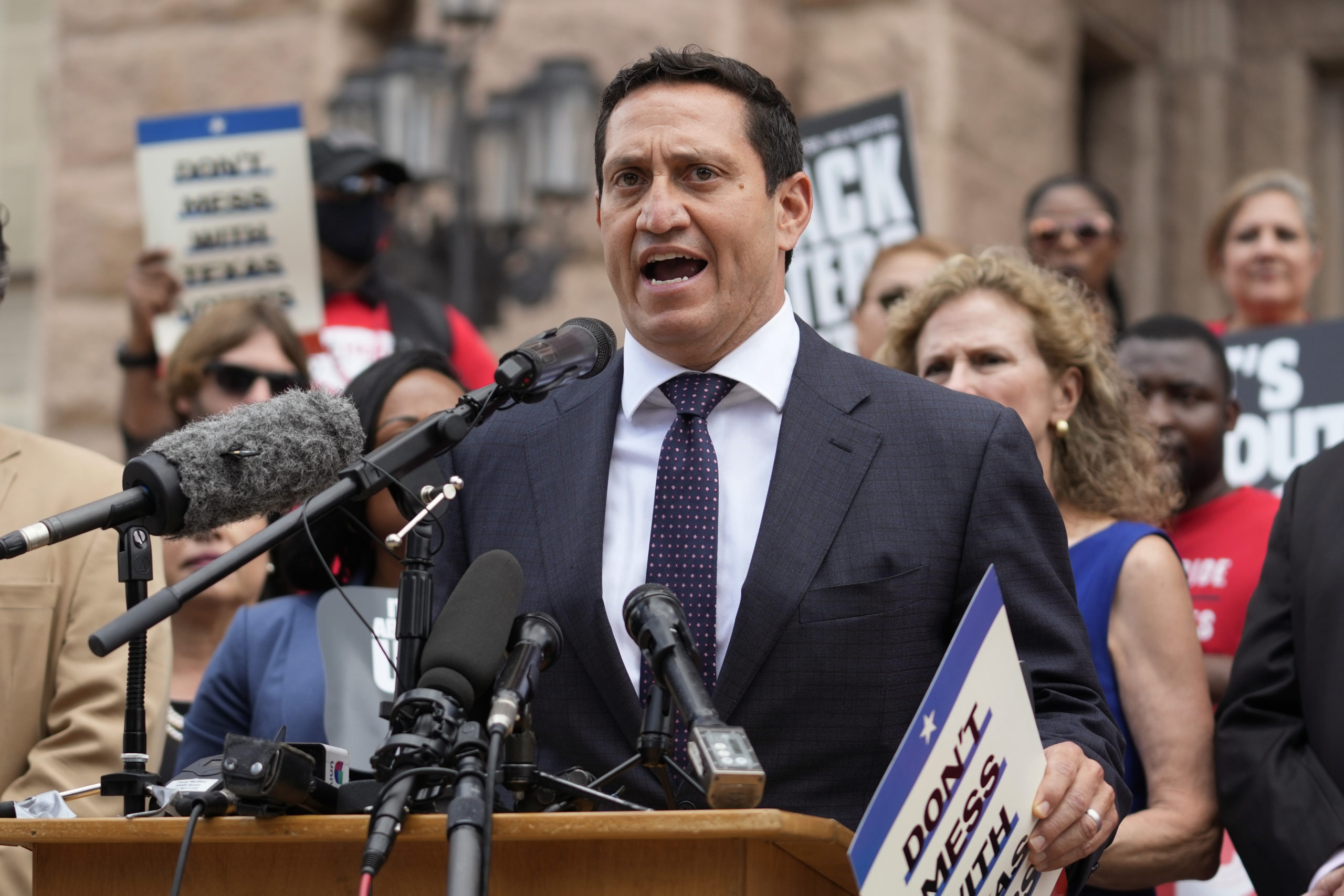
Trey Martinez Fischer Will Helm the Democratic Opposition
The San Antonio political pugilist explains how he'll lead the state House Democratic caucus in yet another bleak year.

A version of this story ran in the January / February 2023 issue.
For what feels like the hundredth year running, Democrats in 2023 will hold no positions of structural import in Texas state government. As such, the party is left only to decide what sort of opposition it will be—loyal or defiant, supplicant or obstructionist, scheming or strident? Enter Trey Martinez Fischer.
On December 7, House Dems elected Martinez—who’s served 10 terms in the lower chamber representing a majority-Latino swath of San Antonio—to chair the party caucus in the 88th legislative session. Martinez beat out Austinite Gina Hinojosa, along with Williamson County Representative John Bucy who withdrew before the vote. Over two decades, Martinez has established a reputation as a legislative brawler, unafraid to derail GOP bills with aggressive parliamentary maneuvers. He will succeed Chris Turner, an Anglo lawmaker from a diverse chunk of Tarrant County, and will inherit a Democratic caucus that’s shrunk to 64 members (out of 150), following the loss of three Hispanic-majority seats since 2021.
The Observer spoke with Martinez about life in the minority, quorum breaking, and democracy.
How did the caucus vote go down?
There is nothing more humbling than to be evaluated by your peers. This is the ultimate job interview. And we had fine candidates. I’m a huge fan of Gina Hinojosa. We’re partners. We’ve worked very well together. John is a younger member who has really come a long way in a short amount of time, and everybody ran a good campaign. This wasn’t a campaign based on ideology or one camp versus another. I mean, relationships are very personal in the Texas House.
If you think about it, we don’t have any statewide officeholders. When it comes to being the front line for the Democratic Party across the state, we are it and we are the closest folks on the ground. We represent the smallest districts. So we’re in the proverbial foxhole, and when you’re in a foxhole fighting a battle for progressive principles, you want to know who you’re in that foxhole with. And so I think this race was, you know—we clearly need a fighter.
“There is nothing more humbling than to be evaluated by your peers. This is the ultimate job interview.”
Did it come down to a sort of “San Antonio versus Austin, which city has the better tacos” debate?
You’re damn right it was a taco debate, man—it was like come and take it, man.
No, look, again with John out of the race my heart was warm because I knew that Gina and I work very well together, and nothing would make me more proud than to be by her side, letting her lead. And then, of course, I felt that if I was at the helm, I would bring just a few more years of experience and a few more battles that I have been tested in.
How would you rate House Democrats’ effectiveness as a minority over the last 15 to 20 years?
You always have to improve. You can always do a better job. So, people think and believe that Leader Turner and I don’t get along. We actually get along fine. We have a different style, and we have different tactics. But Chris worked very hard for this caucus and really has built it up to a level that it’s performing as one of the best caucuses I’ve seen since we’ve been in the minority.
What’s that stylistic difference between you and Turner?
Just the way we engage, how we approach legislation, how we build coalitions. I’ve got nothing critical [to say]. Chris did a good job. Chris left everything on the field. But we are very different. We come from different places. I’m a Latino from inner-city San Antonio. So my life experience is much different from his.
Democrats fled Austin to D.C. in 2021 to try to stymie voter suppression legislation, but the bill ended up passing anyway. So was that quorum break successful?
I think it was. Number one, if you just look baseline, they changed the freaking legislation. So for those who say we should just sit at our desks and take our medicine, we would have had one of the crappiest voter suppression bills in the country. And we would have done nothing other than give speeches and push [voting buttons] to change that. Walking out and telling people that we’re not going to take that BS, and identifying real problems publicly that they knew privately, forced them to change. And so I know now we can have a “souls to the polls” program because they had to answer to the public about that.
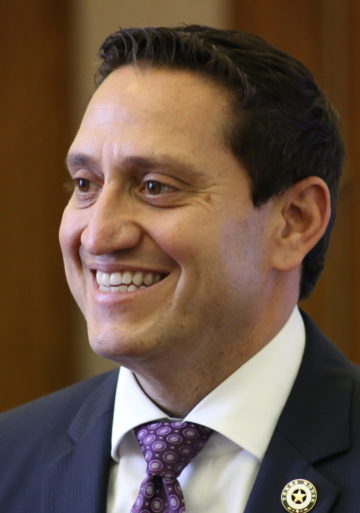
And taking it a step further [we went and told] our friends in Washington to proverbially get off their ass and get to work, I think that meant something. Even to this day, you hear the president talking about our democracy being under attack and the need to have new voting rights, and I think that we contributed to that.
Would you consider the tactic again? And if so, what would your red line be?
You know, they have this saying about Fight Club that the first rule to it is that you don’t talk about it. So, I don’t talk about what I’m going to do or what I’m thinking. But you’ll know when the time comes.
In the November election, there were two House seats, HD 118 in San Antonio and HD 37 in the Cameron County area, that were winnable seats for Democrats. Republicans won them both by three points. And the Democrats were outraised financially. I don’t hear Democrats really talking about why these winnable Latino-majority seats were lost.
You know, I don’t know that I’ve ever been asked. A lot of us worked very hard in San Antonio. That district [118], you need to know, was strategically drawn to guarantee a Republican outcome.
It was still winnable for Democrats.
I mean, it’s easy to say, sitting on this call, you and I. Let’s talk to Frank [Ramirez, the Dem candidate] about that, who did all the hard work. But your point is well taken. There are seats out there that are competitive, no doubt about that. That being said, here’s what I like: Every single day, this state changes. Every single day somebody turns 18 and is eligible to vote. And those people who are turning eligible to vote are a very diverse group. So where we go forward for the next 10 years, I’m very bullish about that for Texas Democrats.
“I don’t talk about what I’m going to do or what I’m thinking. But you’ll know when the time comes.”
What is the path back to a House majority and how long will it take?
With partisan gerrymandering and with a partially functioning Voting Rights Act, it is really hard to have justice for redistricting purposes. It’s very difficult for districts to be drawn fairly and respect communities of interest and the voting rights of minorities. Technology has done a lot to really draw districts to maintain political majorities. And so it’s hard to win those fights. But I think the number-one strategy is to not give up. I think the number one goal of Republicans in this state is to force us to wave the white flag. And we’re not going to do that. If you have the ability to fight, you have hope. I’ll take those two things over anything else when it comes to rebuilding our party, rebuilding our brand, and taking back our majority. So I’m gonna start with those.
This interview has been edited for length and clarity.

